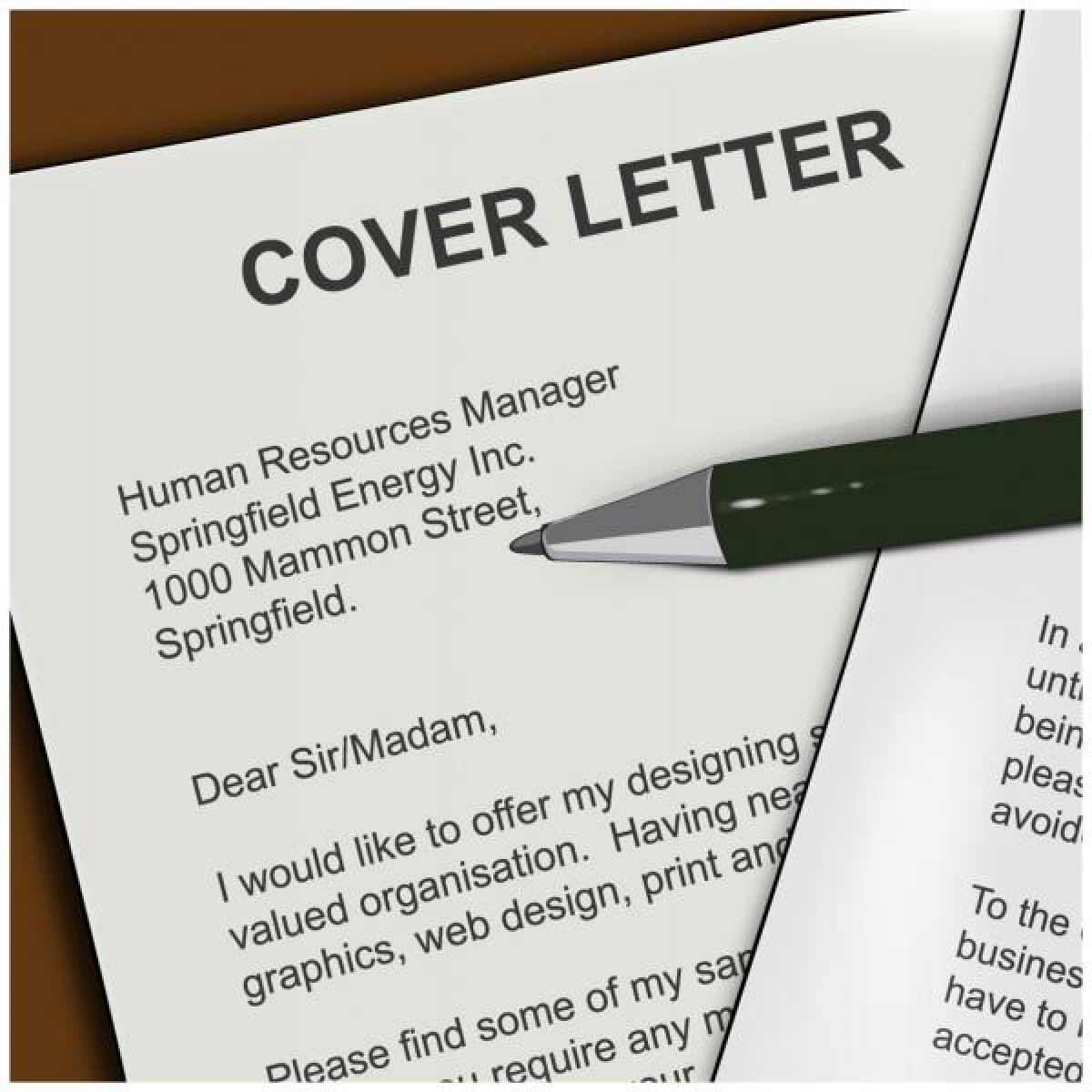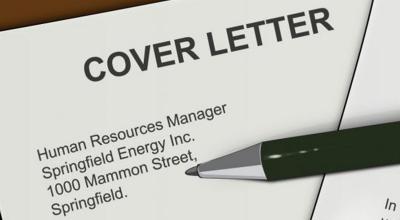
Creating a cover letter should not be a stressful task unless you do not want to do anything at all. The problem of creating one usually stems from the need and importance associated with the cover letter as many people tend to undermine the power of a good cover letter, which ends up hurting them in the long run.
Having said this, the necessary attention and details should be accorded to a cover letter when writing one. The following tips and steps would guide you through the process of coming up with not just a cover letter, but an effective one at that.
The first tip is to have the simplest of headers. It is not uncommon for job application letters to come without headers as they are most times written on a clean bond paper with Letter or A4 size.
The next tip might sound funny or somewhat little but it is amazing how some people actually forget to include the date properly. The date should be written after about 4 lines down and should appear in the Month, Day, and Year format. It is preferably that the month is spelt out in full as opposed to using the number value for the month.
After another four lines down, the detail of the contact person should be put. This will include the person’s position, and address. The detail should be written in that order which on different lines.
It is always advisable to use Sir or Madam for the salutation even when the contact person is known. It simply makes it more official. Dear Sir or Madam will do in this case, of course without forgetting the colon.
The body of the letter is the next part of the cover letter and it is one of the most important parts of the letter.
The first paragraph of the letter would contain the reason or reasons for writing the letter as the case may be. In case of an application, a good example would be to start thus “I write to apply…” It might also help to mention where the vacancy was seen or how you got to know about it.
This takes us to the second paragraph which is simply where you try to sell yourself to the employer. It should be noted that this should be as brief as possible as you do not want to repeat all you have in your resume especially as the employer would most likely have a copy. Your qualifications and relevant work or even life experiences are what you want to put in this paragraph.
The last paragraph would have your contact details in case the company considers you for the position. Ensure that the details are functioning.
It is always good to show some appreciation even before you are shortlisted. Thank them for finding the time to review your application.
Remember it is a cover letter and considering the large number of letters that will be possibly received; you want to put yours in the pole position. Small errors like punctuation and grammatical disagreement should therefore be properly checked and avoided.
Your complimentary should be something like Sincerely yours, or Respectfully yours, or better still, Truly yours.
Three lines after the compliment should your name and signature be put. The name should first and the signature on the next line.
Enclosed documents like the certificates or resume should be made mention of two lines after the signature.
With the steps and tips mentioned above, writing a cover letter should not be a difficult task. The tips mentioned above is not particularly specific to cover letters alone as other types of letter can also be written borrowing from these tips. The body of the letter is however the difference between the different types of letters even as the format remains the same.
It should be noted that when writing a cover letter especially when you are serious about the application, you try as much as possible to avoid the use of slangs, vulgar, and jargons. Formal words are the best especially as the letter gives your prospective employer some insight about your kind of person and you do not want to be passing the wrong message due to bad use of words.

Leave a Reply